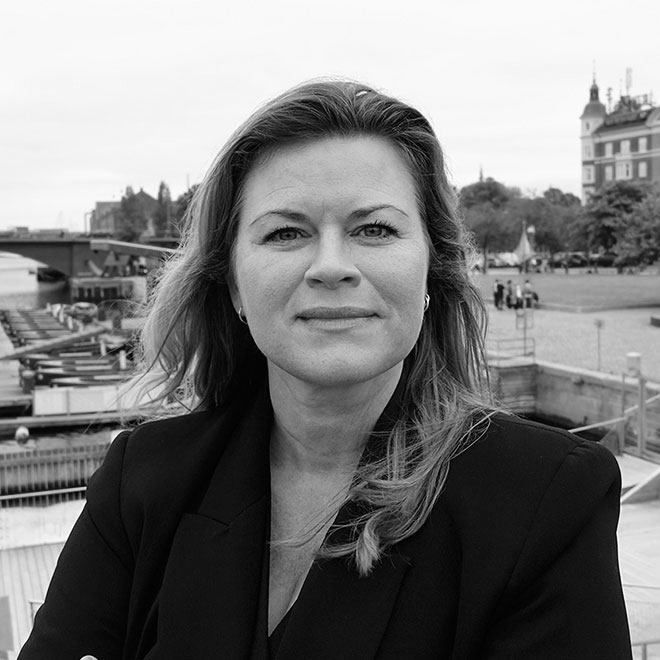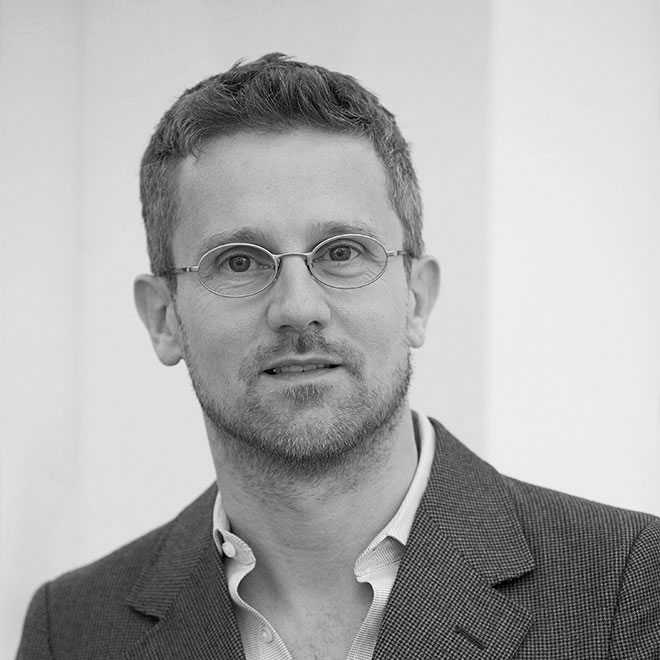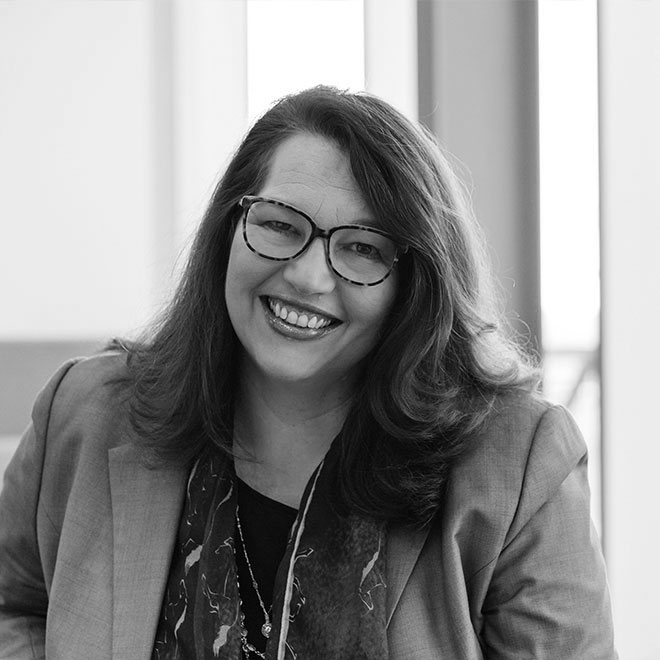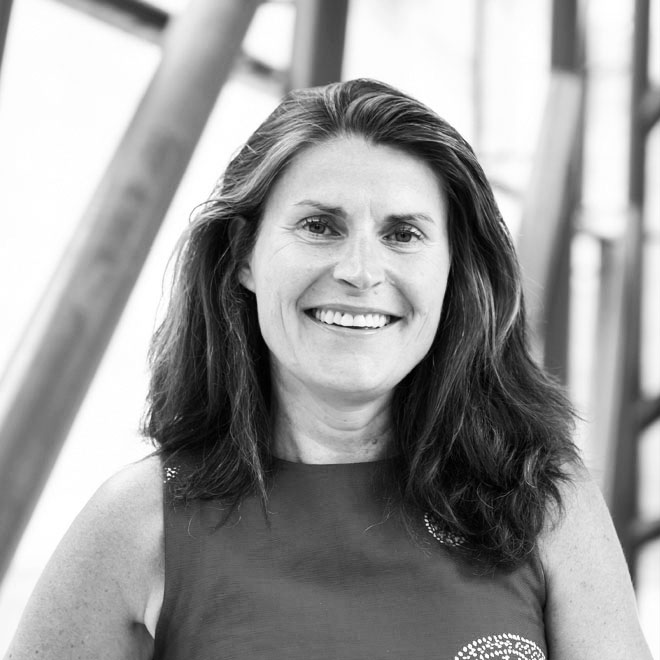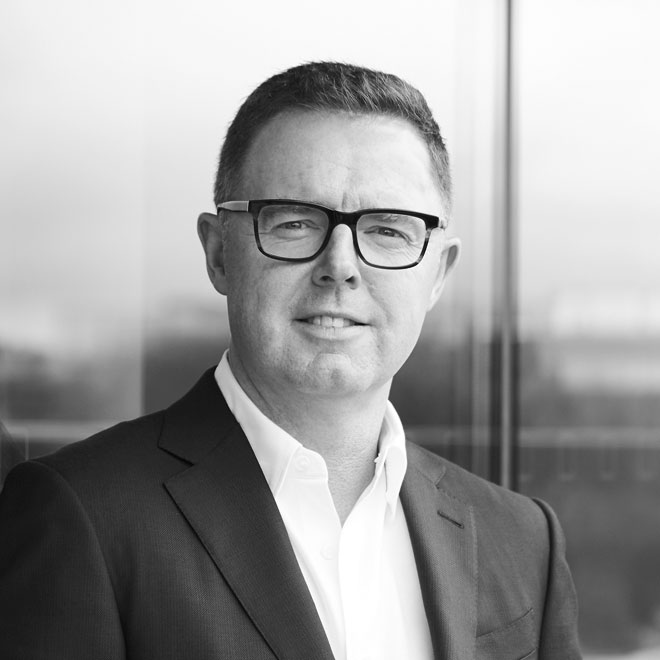Making Place: Revisited 2022
Almost three years ago, IPUT published a comprehensive global research project, ‘Making Place’, to examine the relationship between work and workplaces, and the recalibration of work, life, and place. In this 2022 report update we look at how we need to respond to the identified themes, the importance of focussed investment in the public realm and putting placemaking and communities at the core of development.


Five spatial typologies
We have identified five different spatial typologies that can help guide us into ensuring offices maintain their important economic and social functions while at the same time contributing to making our cities more enriching and sustainable.
Real world examples

1. Watering holes
Alley Oop is an urban space in downtown Vancouver that invites the public to play in a laneway between commercial buildings.

2. Street classrooms
The steps in front of the Metropolitan Museum of Art in New York attract all kinds of citizens to linger at the entrance of this knowledge institution, merging people’s experiences of the exhibitions with their experiences of public life.

3. Cultural canvases
IPUT Real Estate’s high profile Tropical Fruit Warehouse development in Dublin city centre is being used as a canvas to showcase artists.

4. Mind labs
Arup’s Melbourne office includes a Sky Park with public access where employees and citizens alike can take outdoor meetings in any of the space’s diverse seating areas.

5. Mind gardens
IPUT commissioned award-winning landscape architect Robert Townshend to create an urban park as part of its Earlsfort Terrace redevelopment in Dublin’s central business district.
Niall Gaffney
We need to recalibrate offices to make them attractive to today’s working mindset. That means offices need to work harder to be part of sustainable places both socially and economically.
Léan Doody
We now recognise that workplaces offer unique experiences that are not available when working from home. Those experiences include social and cultural fulfilment as well as opportunities for learning and collaboration.
Making it work
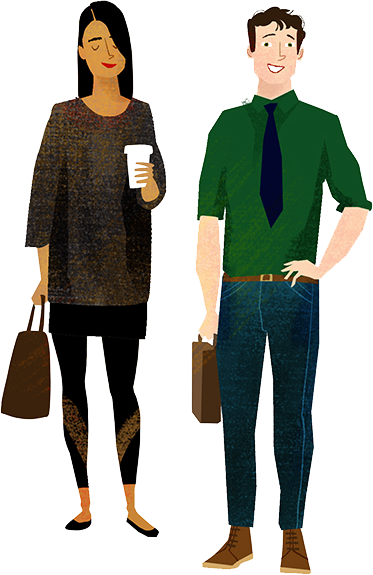
The role of the employer
The employer is the daily enabler, custodian, and manager of workplaces and workplace culture. The company should engage with workplacemaking to support a variety of interactions between colleagues that ultimately lead to greater employee satisfaction, wellbeing, and productivity.
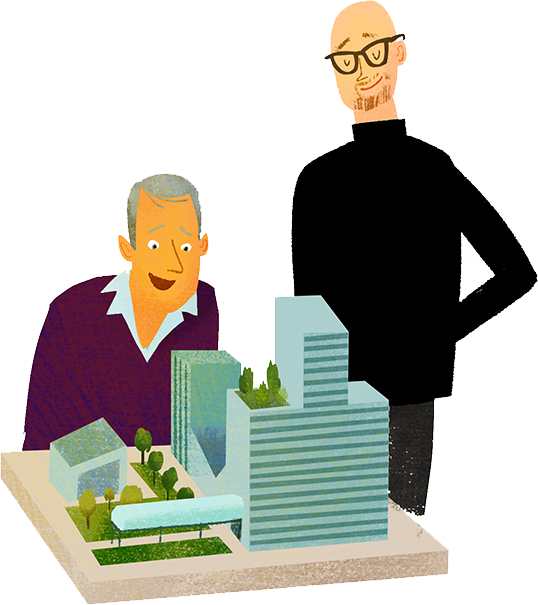
The role of the city
The city is the ultimate legislator, regulator, and facilitator of quality workplacemaking. The city should engage with workplacemaking to bring the productivity and enjoyment of citizens closer together, to create an overall more resilient and liveable urban model.
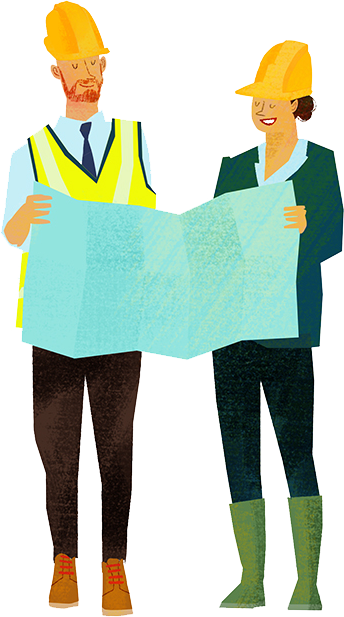
The role of the developer and landlord
The developer is the initial creator, builder, and maker of places for working and living. The developer should engage with workplacemaking as a way to future-proof real estate projects against short-term market fluctuations.
The rise of the white collar worker
Looking forward
The success of our cities is likely to be impacted by how well these places succeed in bringing people together to share ideas, skills, and experiences that can lead to new, better outcomes.




)
